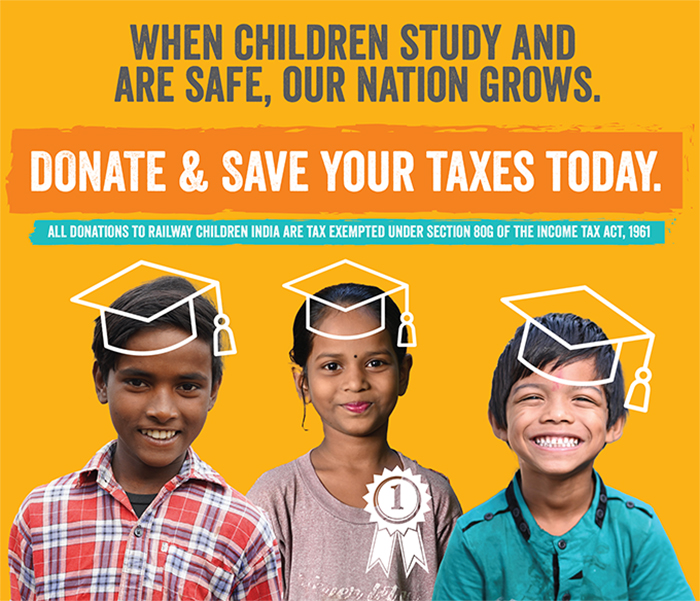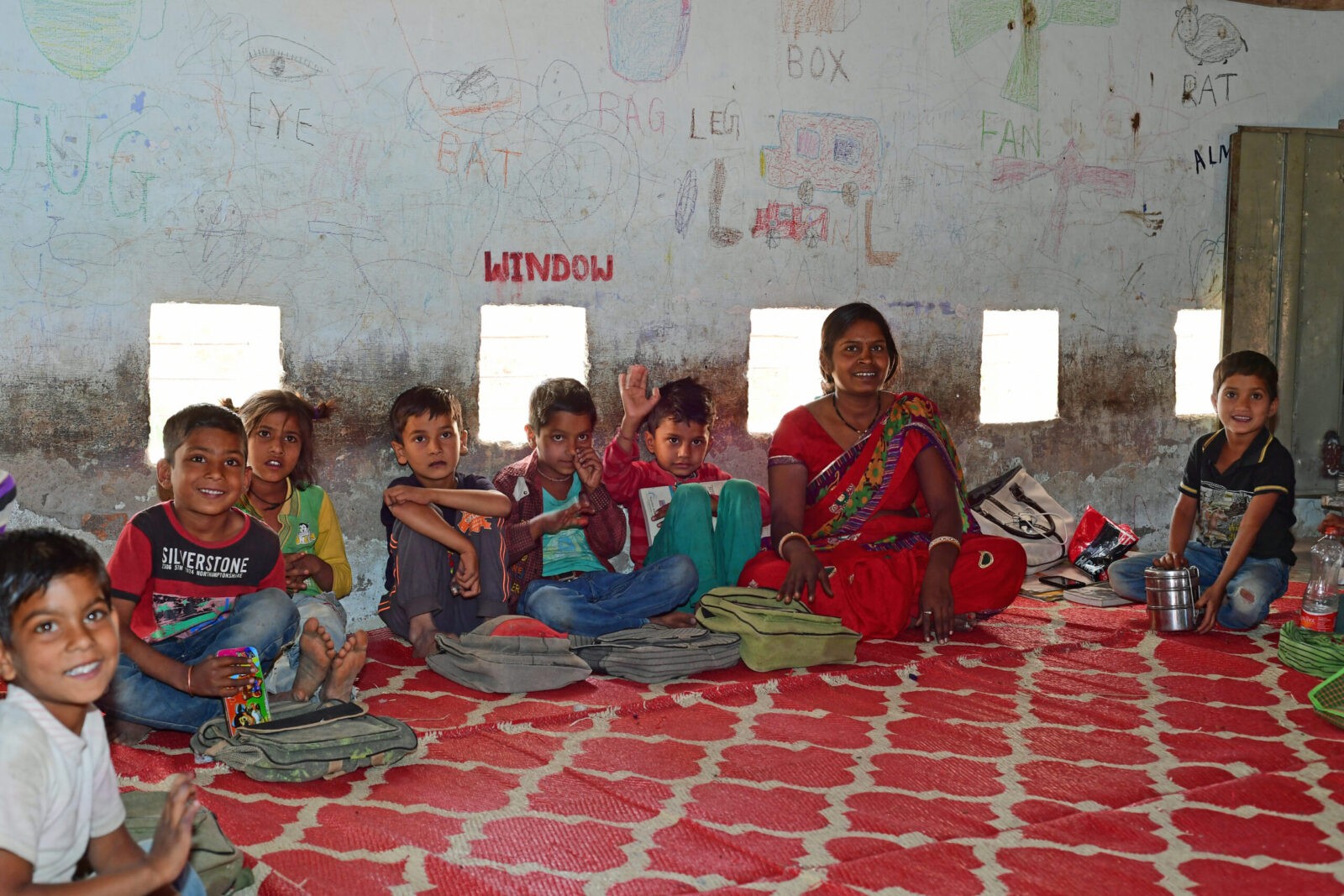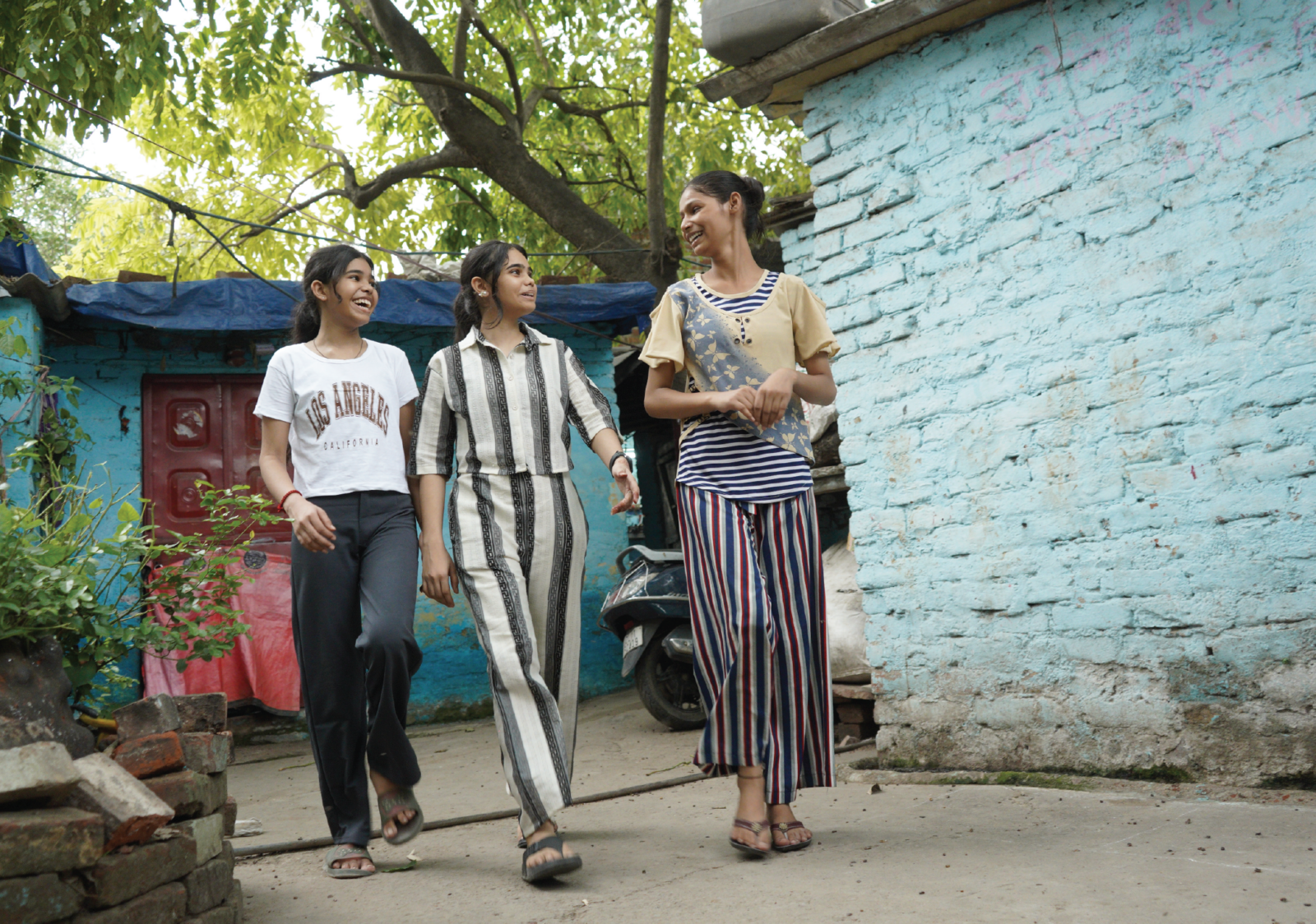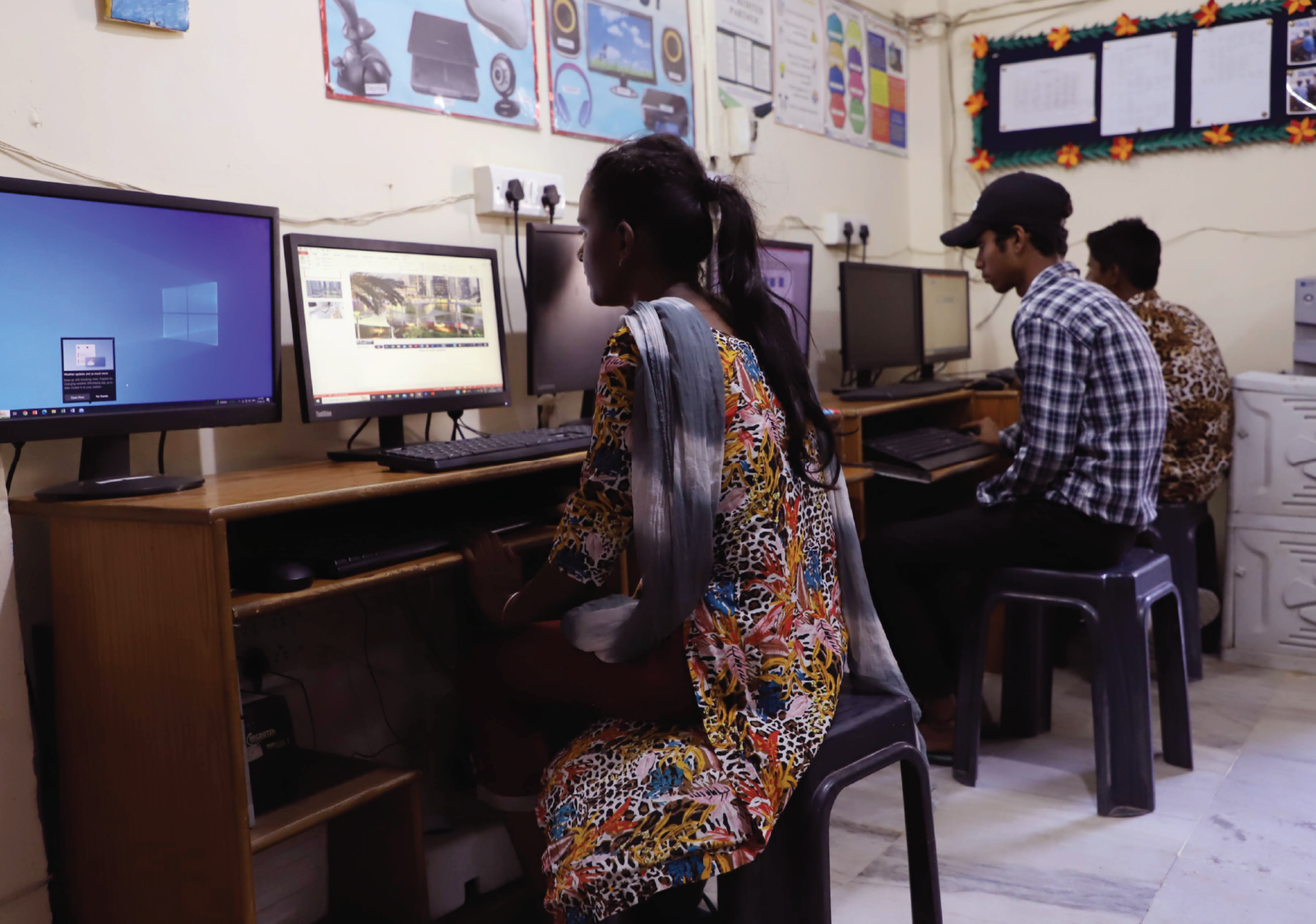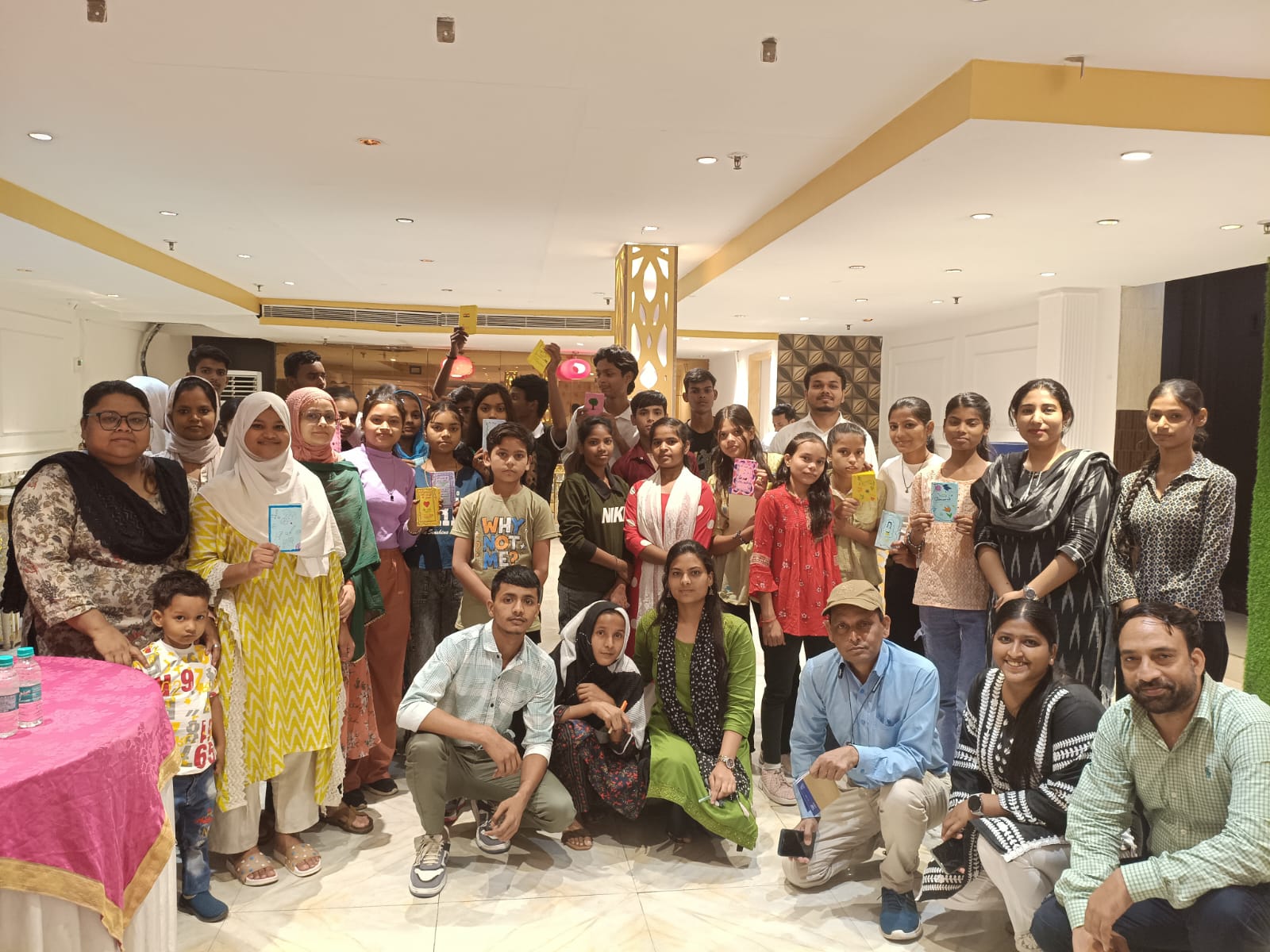The year 2009 saw the enactment of the Right To Education (RTE) Act. Brought to the Parliament as a multi-pronged solution to fix a debilitating education system, the act aimed to provide free and compulsory elementary education to kids aged between 6 years and 14 years.
Cutting across gender, economic and caste barriers, the RTE was seen as a pathbreaking act that would increase the number of enrolments, provide equitable access and eventually improve the literacy rate across the country. Over a decade after its implementation, let’s take a look at RTE’s impact, how it changed the face of primary education in India, the challenges it faces and reforms that could enhance its implementation.
What is the RTE Act?
- The Act recognized and stated access to education to be every child’s fundamental right.
- Having come into effect on 1 April 2010, the Act made it mandatory for private schools to reserve 25% of their seats for children from economically weaker sections and disadvantaged groups.
- The Act barred unrecognized schools from interviewing either the child or their parent for admission.
- The Act made provisions available to students who had dropped out of school.
- The Act prohibited schools from holding back or expelling any child pursuing elementary education, and from charging capitation fees during admission.
These and a slew of other features and mandates pushed India into the ranks of 159 other countries that guarantee free education to their children.
In the years gone by, here’s how the RTE Act has impacted varied facets of India’s education system, along with challenges that limit and reforms that enhance its desired effects.
Impact
- The most resounding impact of the RTE Act has been the increase in enrolment rate in classes 6 to 8. As per the data published by the District Information System of Education, a veritable increase by 19.4 percent was observed between the years 2009 and 2016. With a continuing increase in enrolment rate, India has been able to institutionalize the policy of free and compulsory education.
Challenges
- A consensus among parents is that education in public schools is subpar. This has led to a general apathy developing around the public education system in India. Owing to this challenge, despite beneficial features of RTE, it remains an under utilized resource.
- Educationists across the board have time and again demanded a higher percentage allocation from the GDP. This long-standing demand if met could lead to implementation of the Act on a larger scale and, but it continues to await a nod.
- Learning outcomes of children has seen an unfortunate dip. As per the 17th Annual Status of Education Report, the basic reading and arithmetic skills of young children in classes 3 to 5 are not at par with the level of academics. This hints at a larger issue of an unwelcoming learning environment that does not support the mental and cognitive development of a child. The well-intentioned norm that restricts schools from holding back children who don’t perform well is also proving detrimental to children’s learning outcomes.
Reforms
- One of the foremost criticisms of the RTE Act was the need to expand the age group to include ages 3 and 6. Although this reform was hinted at during the National Education Policy 2020, it awaits to be implemented as part of the RTE.
- Teaching is looked down upon as an unrewarding profession. This has led to a major gap in quality of teachers entering the public school system. Urgent reforms are required that not only lure skilled professionals, but also support their growth both monetarily and intellectually, which will lead to a ripple effect in classrooms and minds of children.
- Evaluation methods that assess the quality of learning and teaching are a dire need. A shift from rote learning to concept-based learning is the need of the hour, and this requires defining guidelines and deliverables for teachers and adopting Minimum Levels of Learning for students (for example, ‘a student passing out from the fourth standard should be able to read a newspaper and explain it).
In summation, the Right To Education Act was a pivotal legislation that redefined India’s approach towards education for all. Its positive impacts have been felt across the country with enrolments and awareness at its peak; however, the system remains riddled with numerous challenges that are preventing the benefits of this Act from reaching far and beyond.
With reforms such as including stakeholders, increasing budget allocations and improving infrastructure and human resources made, a whole lot more can be achieved for children and their right to a quality education.


